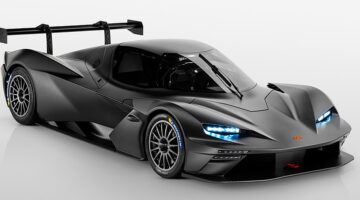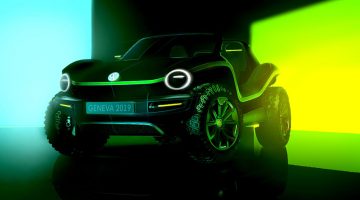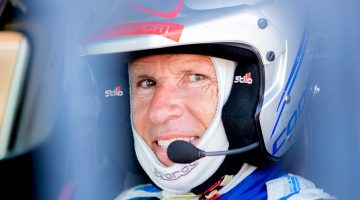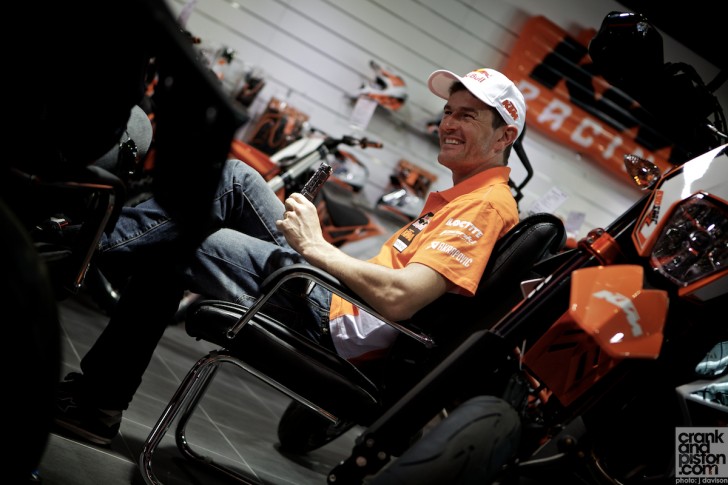
Let’s take a step back and have a look at your Dakar debut in 2002. You were in the top 20 and riding consistently before retiring with mechanical issues [the following year Marc signed with KTM and finished a creditable 11th after setting front-running pace across the opening stages]. Was the event as tough as you had expected?
“Actually, with my first event in 2002, I’d never been to Africa before! I’d never competed in the desert either. So everything was different, and I didn’t really know what to expect. It was really tough, of course, but I fell in love with the desert on that first event.
‘Fell in love’…?
“I’ve learnt that you can’t be 50/50 about the Dakar and racing in the desert: you either love it or you hate it. Fortunately I fell on the good side!
“You have to consider all of the time that you’re in the desert, especially when you makes decisions. Just a small decision can have big consequences. So, always I have a lot of respect for the desert. Never scared, but a lot of respect. It’s not somewhere that you can take for granted.”
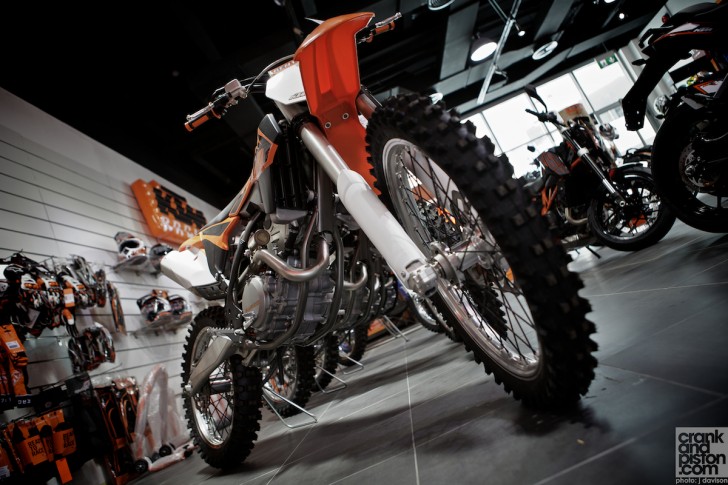
In your ten years of experience, how do you think the Dakar has changed? Obviously the threat of terrorist attacks in Mauritania meant the 2008 event was cancelled (one day before it was due to kick off) and has since been run in South America…
“Yeah, there has been a lot of changes to the event over the years. But the spirit of the rally is still alive, and that’s the important thing: 15 days and around 10,000 kilometres, so it’s still very hard. But the question for me is if we’d stayed in Africa, how…how would the race have developed? So that’s the difficult thing to consider.
“Now for example I think the Dakar is more commercial, and it’s easier for the teams and sponsors to promote themselves and the event. There are good roads there and travelling across the country is a lot easier. So from the logistical side of things, the Dakar is easier now.”
From you position as a competitor then, was it the right decision to move the event from Africa to South America in 2009?
“[Pause] It’s difficult to say, because at the time we didn’t have the same information that the organisers had [France-based Amuary Sport Organisation]. But looking back, it does look like it would have been too dangerous to compete. So yeah, I think that decision was the right one.
“I’m very happy after years in South America, we have found great deserts to compete across, and we have found a lot of fans of the rally who still show their support for us. If you consider the situation in Africa, you can understand why it would be almost impossible to keep competing there.”
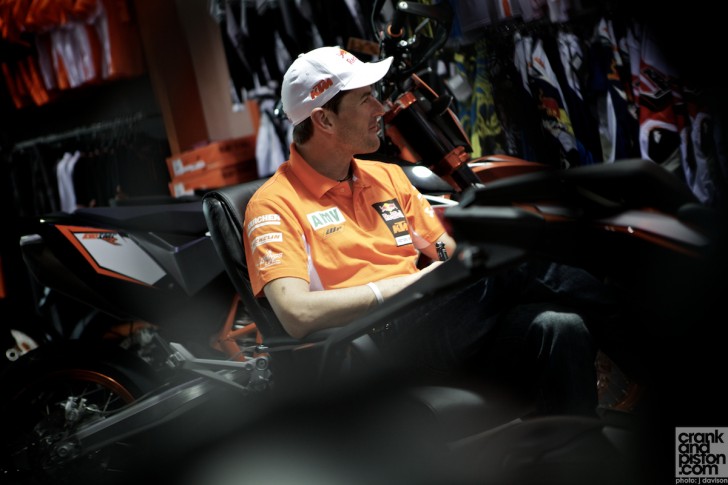
You mentioned that the event has received increased media coverage since the cancellation, but that’s also down to bigger entry lists and A-list names (pardon me for saying that!) like two-time World Rally Champion Carlos Sainz and NASCAR favourite Robby Gordon now competing regularly. Does this heightened coverage increase the pressure on competitors to perform well?
“[Pause] Not really, no. The pressure is always there, especially if you’re in a factory team. It doesn’t matter if the event is big or small, when you want to win the pressure is always there.
“But I think it’s important that the big names are there. It gives more influence to the race and it’s good for the competitors. There’s a stronger level of competition.”
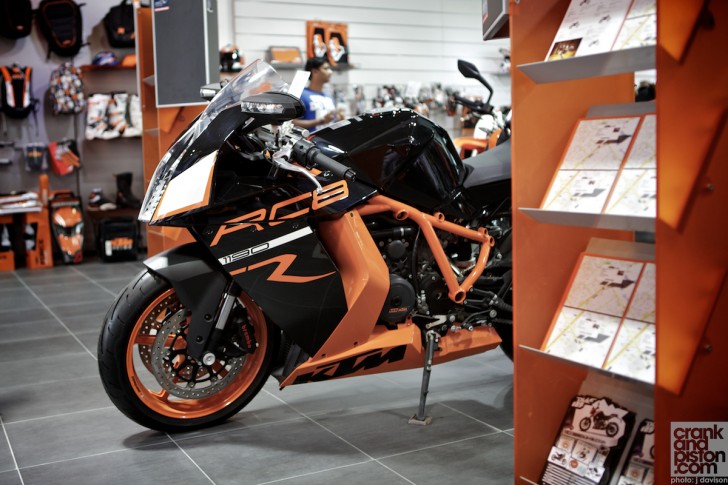
It would be rude not to ask about KTM, since we are in their Dubai showroom! How did your relationship with them come about?
“I’ve been a KTM all of my life one way or another, and I’ve been a KTM factory rider for the past ten years.When I started in the desert those years ago, at the time I had some big sponsors from Spain to bring support to KTM, and the door was opened. In the first years under the umbrella of the factory team it meant I could learn a lot from them.
“We’ve also switched from the KTM 660 to the 690, and that means there’s a lot more power to consider. It feels great knowing that I can push harder but at the same time you have to careful. You can’t win by going flat out all the time.”
How confident do you feel going forward with KTM, considering you’ve re-signed with them for both 2013 and 2014?
“Now in this moment for me, KTM is like a family. I feel comfortable. The KTM team gives me everything I need, the support I need and a competitive bike. I’m happy that we work well together, and I hope I can bring more results to them in the future. They have helped a lot to raise my game. And I’m still here, so I’m obviously doing something right!”
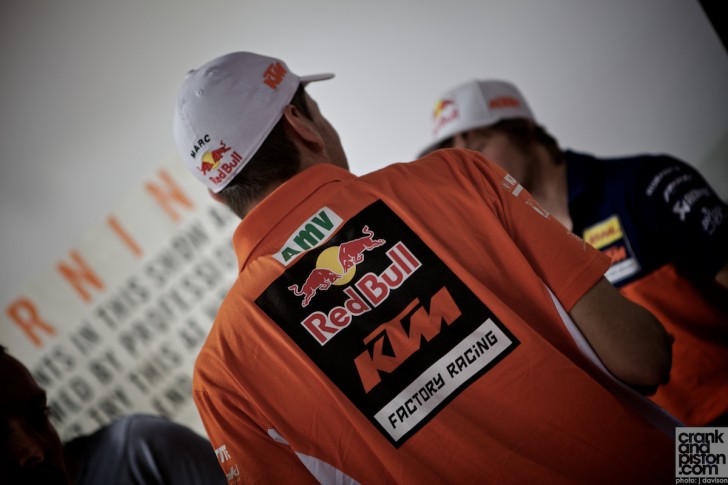
The other big name we should mention is Red Bull, and that’s not just because Red Bull UAE communications manager Zeina is standing behind me! Again, how did your relationship with Red Bull begin?
“Well, at the same time that I came to KTM, I also made a deal with Red Bull. At first, I had a small Red Bull logo on the front of my helmet, and then our relationship developed and I got a complete helmet with Red Bull colours. When I got that, it was a great moment: ‘I thought, right, now I’m a real Red Bull rider!’ It was the final step!
“For me, it’s very special. When you watch how many different forms of motorsport Red Bull is part of, I can’t help but think, ‘wow, I’m part of that’! For me, I have a lot of respect for the Red Bull athletes and their respective sports of course.”

